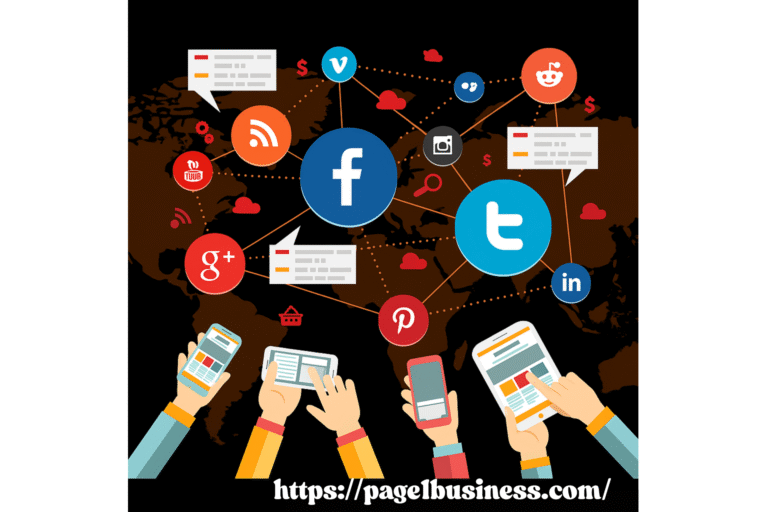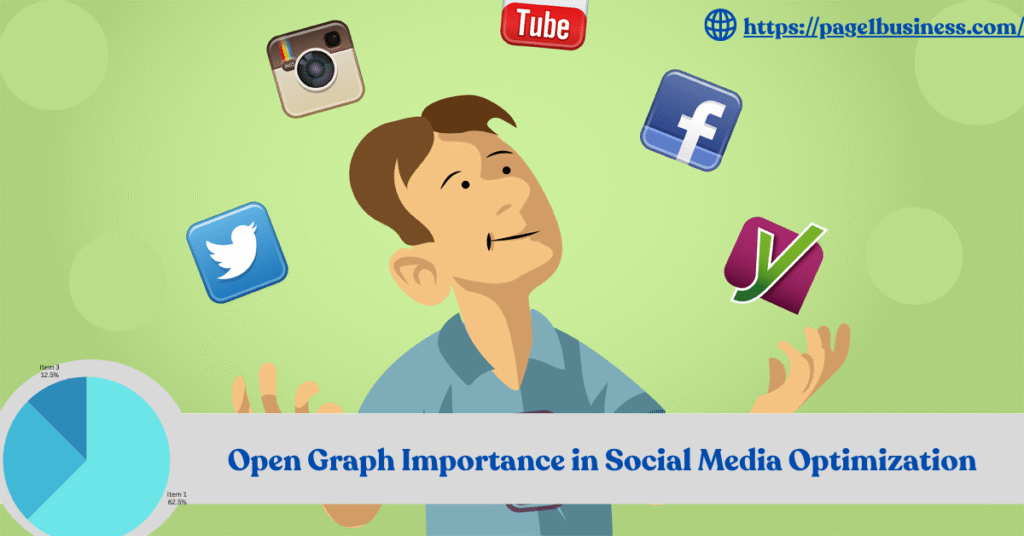Open Graph Importance in Social Media Optimization
Just uploading material on your website or blog is insufficient in the competitive digital terrain of today. Content has to be created not only for search engines but also for social media since social media is now a main traffic source. Here, Open Graph becomes a necessary element of every effective Social Media Optimization (SMO) plan.
Open Graph improves the way your material shows on sites such as Facebook, LinkedIn, and X—formerly Twitter. It lets you control the preview—that is, the appearance of your post, the image shown, and the content displayed—should someone share your URL. Engagement rates and visibility can be seriously changed by this.
Let us look at why Open Graph is so crucial for SMOs and how it might help raise your social media profile.
What is an Open Graph?
Facebook developed the Open Graph protocol to let you control the data social media sites show upon link sharing. It enables you to specify the page’s title, description, picture, and other basic elements.
Social networks create rich link previews—more interesting, aesthetically pleasing, and instructive than simple text URLs—when users post a link using Open Graph metadata.
This metadata allows you more control over how your material shows on social feeds, therefore impacting user interaction with it directly.
Why Open Graph is Crucial for Social Media Optimization
- Improved Visual Appeal
One visual medium is social media. Users move quickly, and visually arresting posts are more likely to grab their interest. Setting a specific thumbnail picture with Open Graph helps you to ensure that your shared material looks professional, consistent, and pleasing. This raises the possibilities of clicks, shares, and interaction.
- Higher click-through Rates (CTR)
Between a user ignoring your post or clicking through to your website, an engaging title, a good description, and an arresting image can make all the difference. Open Graph allows you to maximize these components to more closely fit the interests of your target audience, which typically results in higher click-through rates.
- Constant Branding Across Media
Your material should seem consistent and represent the character of your business when it is distributed on several social media sites; Open Graph maintains visual and messaging integrity by letting you predefine your information. Maintaining brand consistency builds audience trust.
- Improved User Interaction
Social media sites could randomly grab data from your website, such as pointless text or a low-quality image, without Open Graph. This could confuse or discourage possible readers and result in a less appealing preview. Open Graph’s nicer interface encourages consumers to interact with your content.
- Enhanced SEO By Social Signals
Although Open Graph has no direct bearing on your search engine ranking, it is quite important for raising social media visibility and traffic, which would help SEO indirectly. Increased backlinks, mentions, and time spent on your website resulting from more social media activity will all improve your search engine performance.
How Open Graph Enhances Your SMO Strategy
Including Open Graph in your social media optimization campaigns guarantees that every shared link is customized for the best effect. Here’s how it helps support a good SMO plan:
- Improved Engagement: You raise the possibility of users enjoying, leaving comments, and distributing your material by adjusting how your post shows.
- A refined and consistent social media presence boosts credibility in your niche.
- Better Insights: Tracking and classification of tools for assessing social media performance can rely on metadata. Properly applied Open Graph tags guarantee correct data collecting.
- Other platforms, including LinkedIn, Pinterest, WhatsApp, and others, support Open Graph, making it a universal solution for social content optimization.

Platforms That Rely on Open Graph
Facebook made great use of this metadata when it launched Open Graph. Posts with complete Open Graph data usually show better in terms of reach and interaction than those without it.
LinkedIn also uses Open Graph data to create professionally looking previews of landing pages, blog entries, and articles. For B2B companies and professionals trying to generate traffic from a platform emphasizing networking and content consumption, this is especially crucial.
X (formerly Twitter)
Twitter mostly uses its own information format known as Twitter Cards; however, in case Twitter-specific tags are absent, it falls back on Open Graph tags. That makes Open Graph a dependable default for material meant for distribution on several platforms.
WhatsApp and Pinterest
These sites also provide previews using Open Graph when links are exchanged, thereby ensuring your material looks good even in private chats and image-oriented surroundings.
Common Mistakes to Avoid
Open Graph has a few potential hazards when being implemented.
- Ignoring Important Tags: Should you not specify a title, description, or image, social media sites could automatically create previews incompatible with your content.
- Make sure the image is high-resolution and appropriately sized to prevent bad rendering or cropping using low-quality or incorrect image sizes.
- Update your Open Graph data to represent changes in your content over time fairly.
- Lack of testing: Test your previews on several platforms to be sure they always show as expected. For this, tools abound from Facebook and LinkedIn.
Conclusion
In the field of social media optimization, Open Graph is a sometimes disregarded yet rather useful tool. It helps your material stand out in packed social feeds, boost click-through rates, and build brand presence by allowing you control over how it shows when shared.
Open Graph helps guarantee your material not only gets noticed but also viewed, read, and shared in a time where visual storytelling and social proof rule everything. Using it is a little action that may greatly affect the success of your content marketing.

